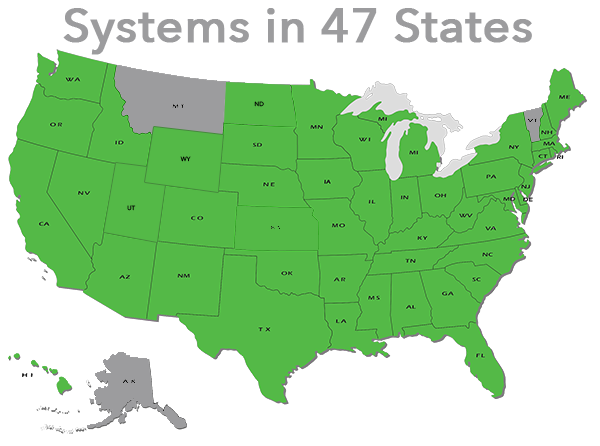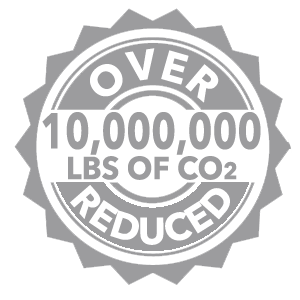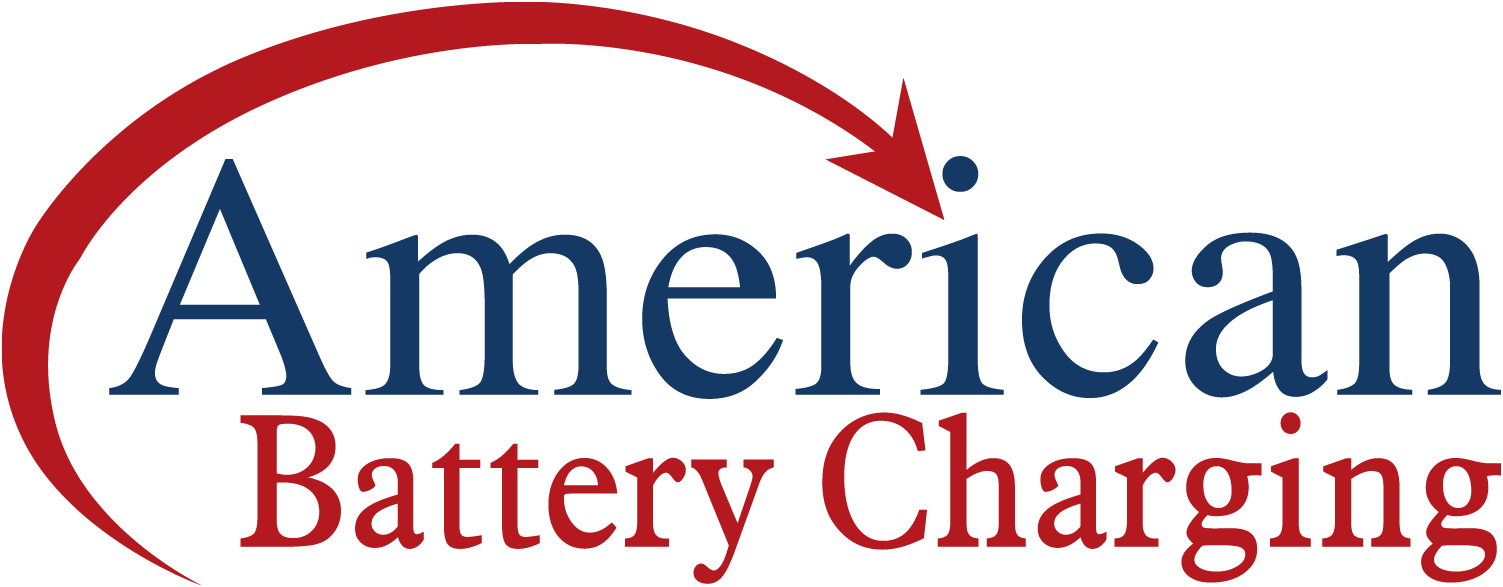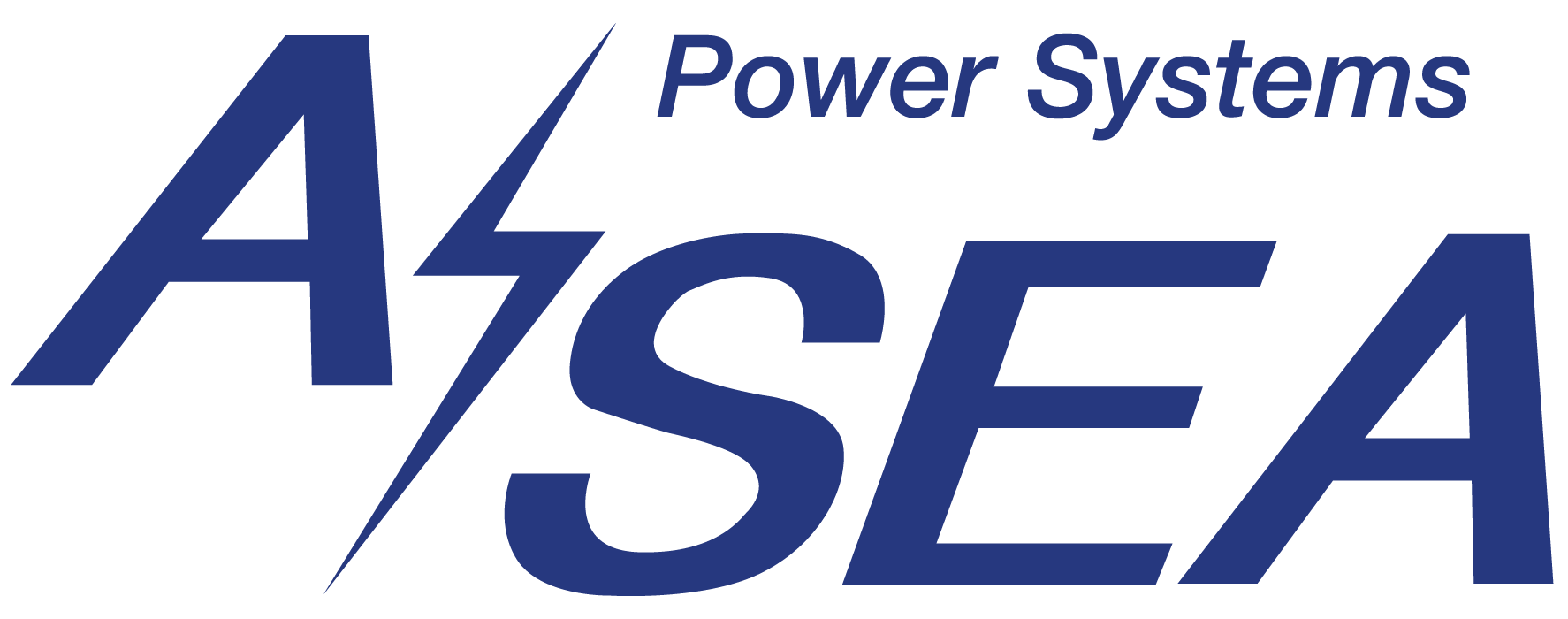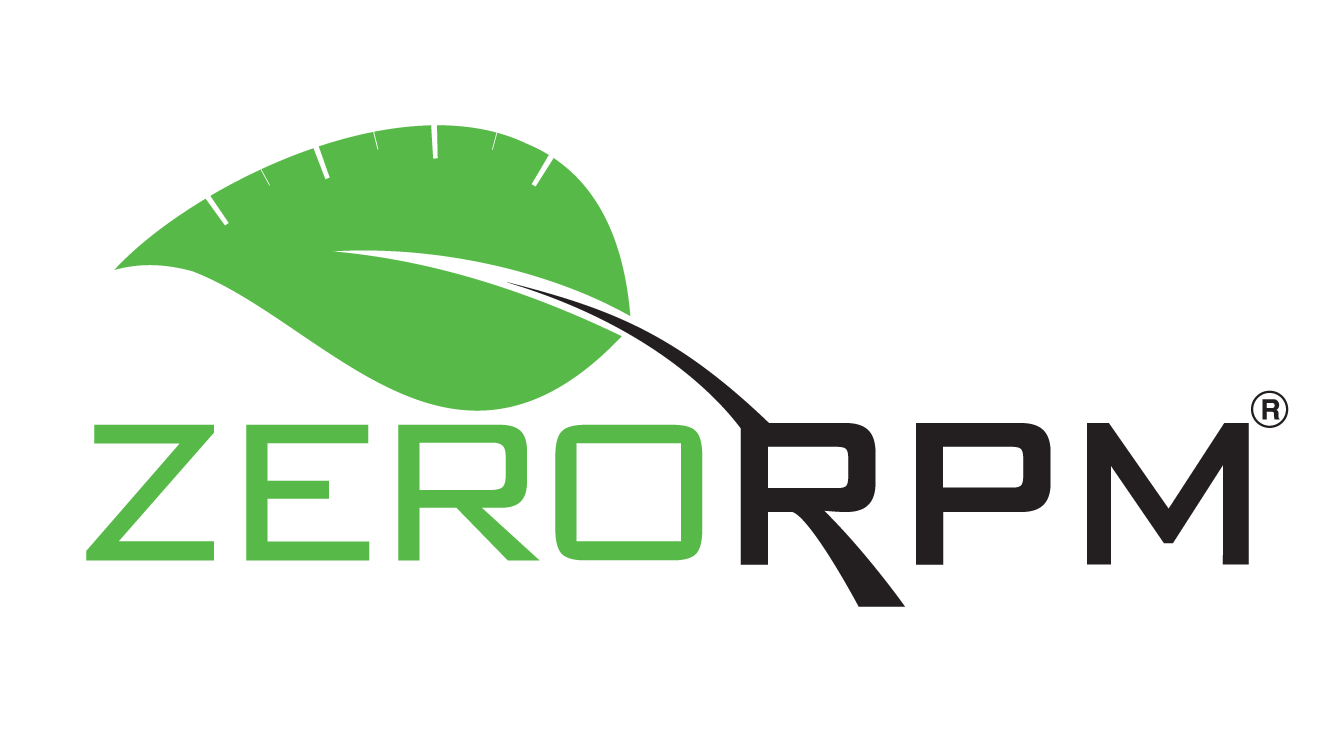
April 16, 2015 Based on data from the National Household Travel Survey , households with more vehicles not only travel more, but often put more miles on their most-used vehicle compared to households with fewer vehicles. Households with just one vehicle drove an average of 10,600 miles per year, while households with six or more vehicles traveled a total of 57,700 miles. Sixty-eight percent of households have either one or two cars. Households with more vehicles also tend to drive their primary (most-used) vehicle more than households with fewer vehicles. While a two-vehicle household travels almost 16,000 miles annually with the most-used vehicle, a six- (or more) vehicle household travels more than 22,000 miles annually with the most-used vehicle. The average use per vehicle within a household is greatest in a two-vehicle home, where the average vehicle travels about 11,800 miles. This average declines as the households gain more vehicles so...
4102 Hits
4102 Hits










